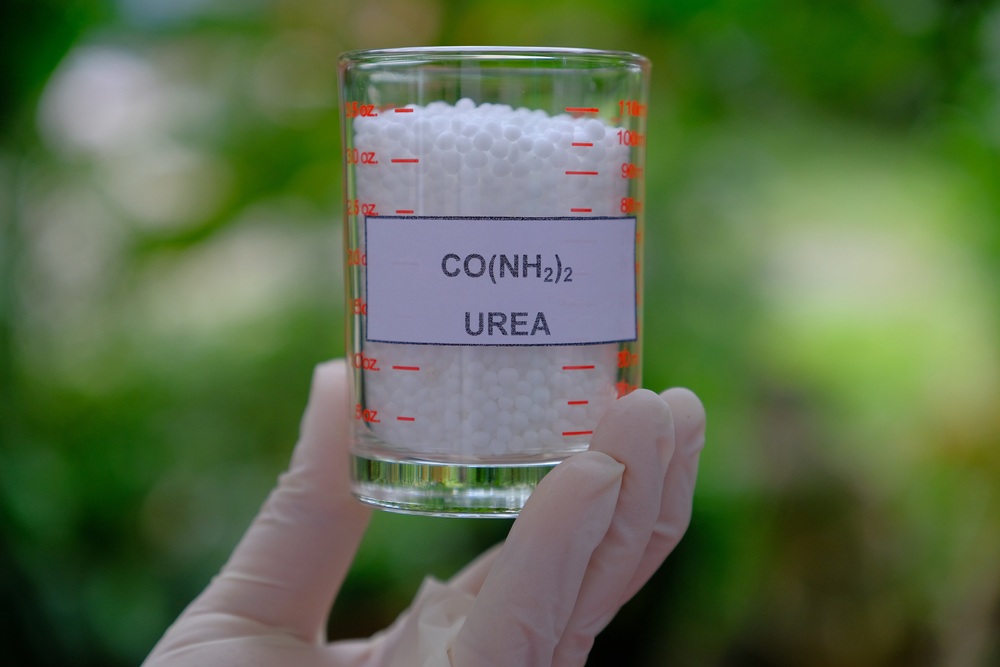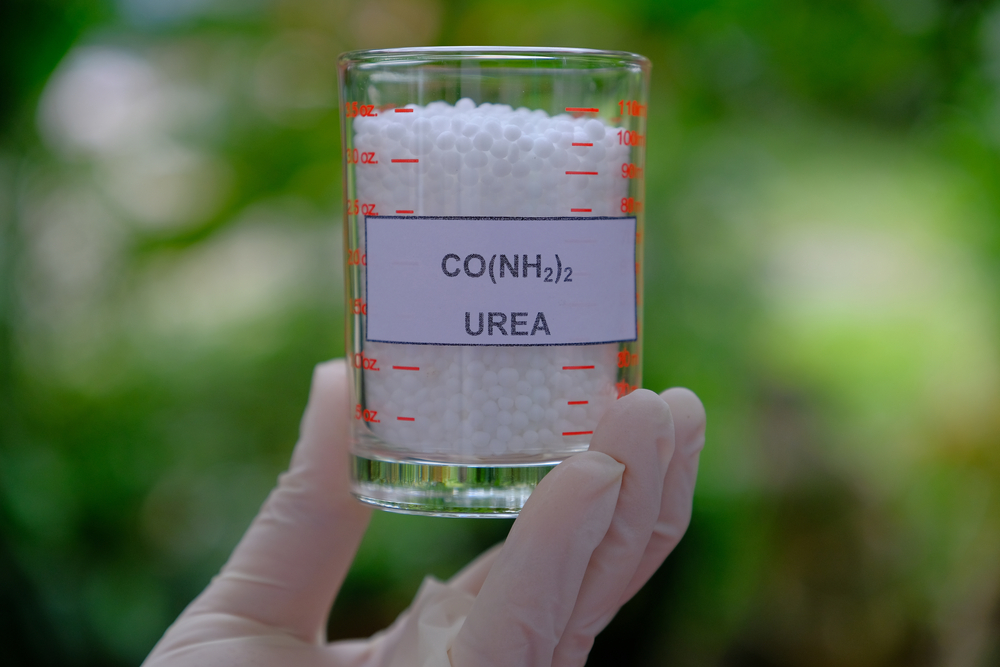
Some skincare products promote the fact that they use “UREA” to help combat dry skin.
Hold on. What?
Where did the idea of using urea on skin start?
Our bodies produce urea as an organic, waste compound after metabolizing liver proteins. After metabolization, urea is then excreted by the kidneys through urine (also through sweat). For this reason, healthy skin usually has a small amount of urea in its outer layers.
So, is the Urea used in skincare products actual Urine? No. It’s a synthetic ingredient that is used as a preservative (And, oh yeah, a moisturizer, too).
The Urea used in skincare is lab-created by combining ammonia and carbon dioxide.
Full stop.
Is that a good thing?
If you search the internet for “Urea in Skincare” this is typical of what you might find
Synthetic urea is chemically identical to the natural urea found in your body. It replicates the hydrating and exfoliating effects of natural urea without involving any animal sources. It’s “an important component of your skin’s natural moisturizing factor (NMF), which is essential for maintaining a healthy and hydrated skin barrier.” https://www.cerave.com/ingredients-in-cerave/urea
While you’re pondering the ingredients used to make synthetic urea, here are some additional things to consider:
- Urea extends the shelf-life of skincare products by slowing down the loss of moisture from a product during its use. (Remember, as I mentioned earlier, it’s a “preservative” and a “moisturizer”. This makes using urea incredibly cost effective for the big manufacturers.)
- Those same manufacturers tell you urea is good, because it alters the skin’s structure, allowing other chemicals to penetrate to the inner layers of skin (which increases the effectiveness of their products). Is there a cost for this increased effectiveness? Well, yes. Urea can increase the risk for contact dermatitis (eczema, psoriasis, etc.). It has also been proven to release formaldehyde, which is a known carcinogen. (Yes, the kind of formaldehyde found in morgues.)
- There are articles-on-top-of-articles to try to convince you that using urea is not about the cost savings for manufacturers; but instead, it’s used because it increases the moisture content in the top layers of skin. While it’s true that your skin feels soft and supple after using a product with urea in it, there are far healthier options that don’t release formaldehyde or potentially cause contact dermatitis. (Some of these healthier options include Aloe, Tropical Butters such as Cocoa, Mango & Shea, a botanical such as Aloe Vera Leaf Juice, a probiotic Greek Yogurt or, even, Olive Oil for hydrating.)
- In skincare, another word you may see associated with urea, is the word Carbamide. Carbamide is the chemical name for urea.
- If you look even further, you will learn that “carbamide” is used to make fertilizer. There is concern that the runoff from fertilizer can and does contaminate water sources (impacting human health, the planet, and a lot more).
- Red Flag: It’s called “Urea” when used for skincare and “Carbamide” when used to make fertilizer.
Now you know.
https://synapse.patsnap.com/article/what-are-the-side-effects-of-carbamide
https://www.sciencedirect.com/science/article/abs/pii/S0190962285701533

